Aero Brakes
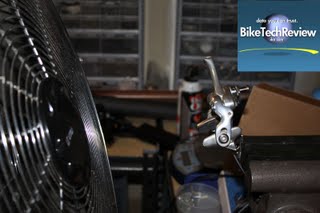
..somehow, I managed to get the improvised setup calibrated today, and made some #'s that were pretty crazy!
More pics and results here.
Whaddaya think?
Labels: brakes, frontal area, Wind Tunnel


Labels: brakes, frontal area, Wind Tunnel
Labels: aerodynamics, lswt.com, trust, Wind Tunnel
Labels: aerodynamics, LANCE, power, Process, TDF, TT Position, Wind Tunnel
Labels: aerodynamics, cfd, wheels, Wind Tunnel
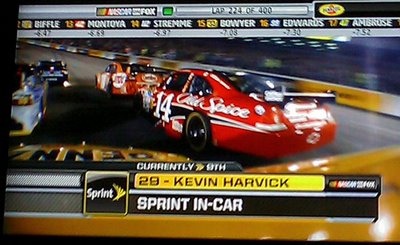
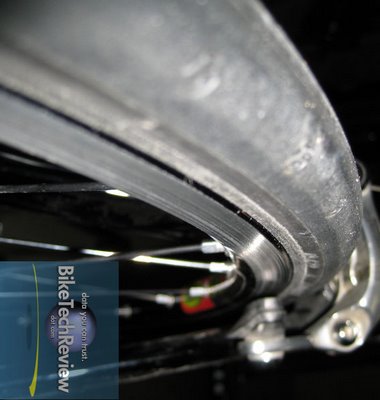
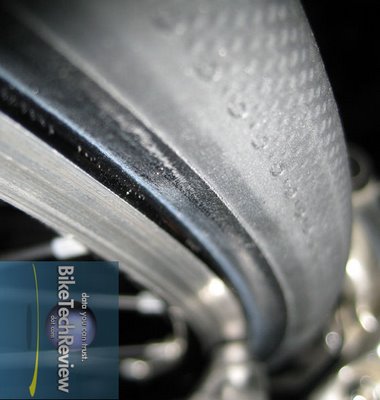
Labels: Crr, racing, Wind Tunnel
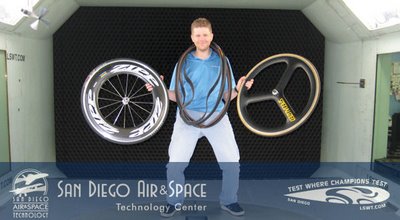
Labels: Crr, CxA, wheels, Wind Tunnel
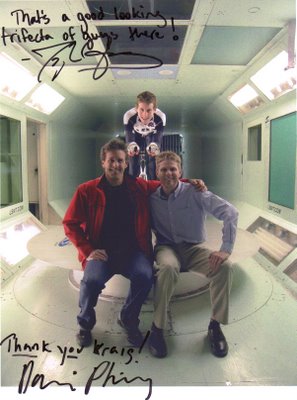
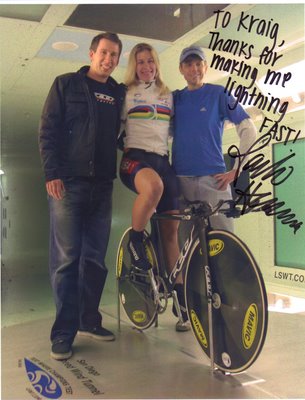
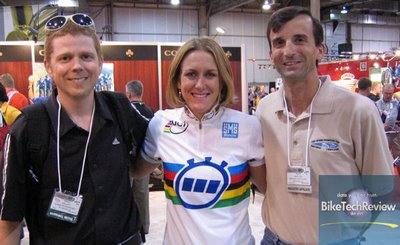
Labels: TT Position, Wind Tunnel
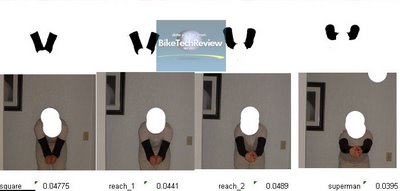
Labels: aerodynamics, frontal area, TT Position, Wind Tunnel
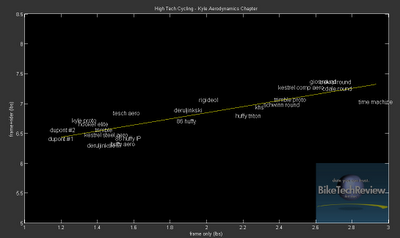
Labels: aerodynamics, TT Position, Wind Tunnel
Labels: aerodynamics, CxA, Wind Tunnel
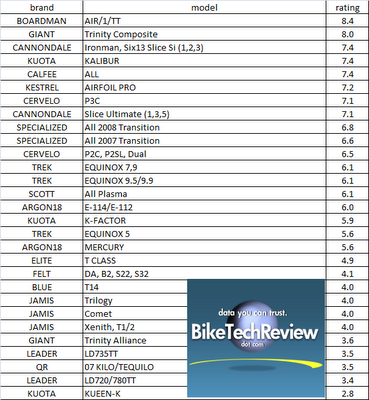
Labels: TT Position, Wind Tunnel
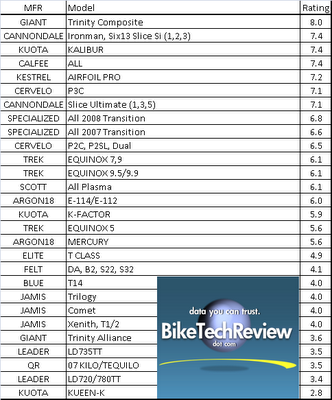
Labels: triathlon, TT Position, Wind Tunnel
Labels: humanipers, Wind Tunnel
“You might have gone faster yesterday if you hadn’t been looking at your
computer.”
A simple comment, from a man of few words, yet, these words kind of felt a bit like they were cutting to the bone – I was taken aback a bit, to be honest - probably because I didn’t really recall focusing on the flashing SRM outside of the first 1k or so (and in fact, I am a proponent of taping the display over during timed efforts once one has settled in after the first few minutes of the effort – due to the distraction factor and the core belief that information can limit one’s potential on the day).
As I mentally re-evaluated yesterday’s hillclimb effort on the drive home after the race today, I came to the realization that this fellow I had the conversation with was more than likely correct in his commentary. I do distinctly recall looking at the SRM with 1k to go and about crapping my pants at how slow I was going. That knowledge probably did slow me down at the end of the day.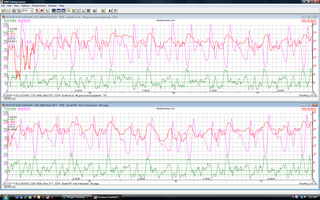
Labels: racing, Wind Tunnel
Anyway, during the multisports.com wind tunnel testing we did yesterday, steve hed rolls in with his crew and some of the fellas from the "high road" squad.
Steve lent some insight with one of the last people testing of the day. Nice treat for those folks!
The above is a crappy cell phone shot of the team bikes.
Labels: Wind Tunnel
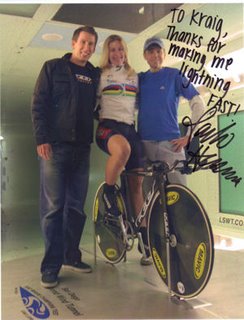
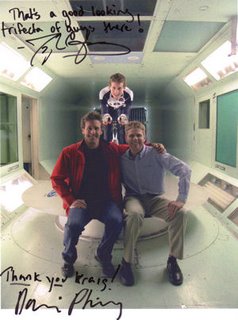
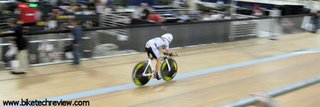
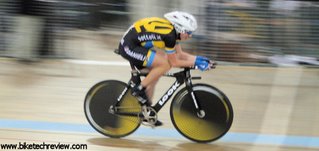
Gold medal ride.
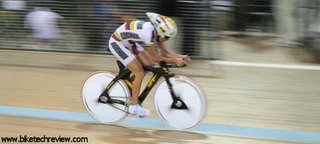
Silver medal ride.
Here's some shots from Taylor's Gold Medal ride:
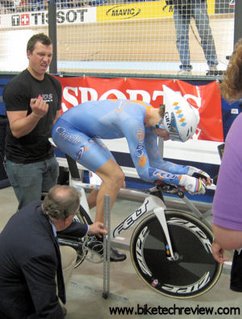
Passing the UCI inspection.
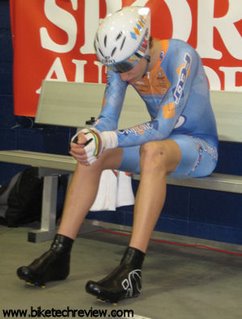
Getting ready to lay it down.
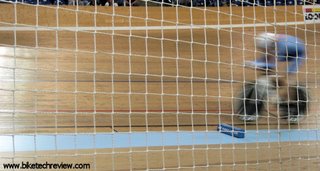
Layin' it down...
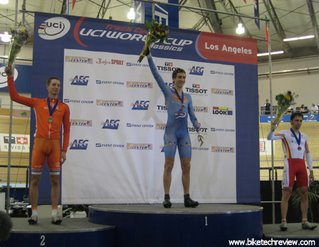
After layin' it down.
Awesome result for the current Jr. World TT champion!
All in all, a really fun evening that has inspired me to give track racing a go!
Labels: TT Position, Wind Tunnel, World Cup
Labels: racing, Wind Tunnel
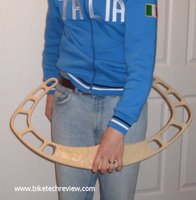
Labels: humanipers, Wind Tunnel
Labels: cycling weekly, TT Position, Wind Tunnel
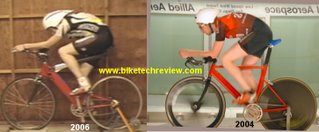
Labels: cycling weekly, Faster is Faster, TT Position, Wind Tunnel

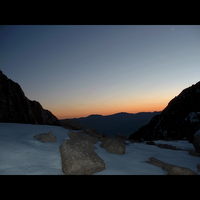
Labels: ironman, torbjorn, Wind Tunnel
Labels: Water Bottles, Wind Tunnel
Labels: Process, Wind Tunnel
Labels: BTR, Wind Tunnel